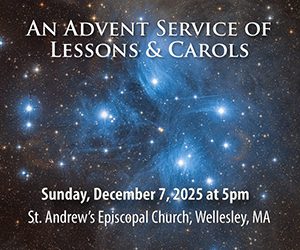By Rama K. Ramaswamy
On August 21, 2017, Americans will experience the first complete solar eclipse in decades that will be completely visible throughout the continental United States. Furthermore, no one outside the continental US will be able to see it.
The August 21 eclipse has been aptly dubbed “The Great American Eclipse.” It will be viewable for just a few minutes, and only along its path of totality (spanning 14 U.S. states - Oregon, Idaho, Wyoming, Montana, Nebraska, Iowa, Kansas, Missouri, Illinois, Kentucky, Tennessee, Georgia, North Carolina and South Carolina) - but those outside of that path will be able to catch a glimpse of a partial eclipse on the same day.
Solar and lunar eclipses are not the same phenomenon, with lunar ones being much more common occurrences. A solar eclipse occurs when the moon passes between the Earth and sun at a lunar node, blocking the sun’s light from hitting Earth. During such a period, the air can get colder by 10 degrees. The last complete solar eclipse happened in 1991 and was visible from Hawaii, but the last total eclipse in the continental US was in February, 1979, and visible in parts of the northwestern United States and Canada.
This total eclipse will be the first ever to happen exclusively within the United States and also the first continent-wide one visible in the US since 1776. According to NASA, the eclipse will commence in the west and move east; the partial eclipse will start off at 9:05 a.m. PDT in Oregon - which will experience total eclipse at 10:16 a.m. South Carolina will be last state along the path of totality, with a viewing window (for the total eclipse) closing at 2:44 p.m. EDT.
The eclipse will be visible in any given location for about 3 minutes, and will cross the country from west to east in about an hour and a half, total.
Viewers should be cautious, as looking directly at the sun can permanent eye damage. NASA has a website dedicated to this event: https://eclipse2017.nasa.gov/safety. Potential viewers should make sure that their special “eclipse glasses” have an ISO 12312-2 certification (passing a particular set of tests set forth by the International Organization of Standardization). They should have the manufacturer’s name and address printed somewhere on the product and lastly, they should not be older than three years, or have scratched or wrinkled lenses. Viewers are strongly advised to put their glasses on before looking at the eclipse and remove them only after completely turning away.
For those who won’t be able to view the eclipse, all is not lost - the next total solar eclipse with a path of totality that falls within the continental US will happen on April 8, 2024, and be viewable from Texas to Maine.
























